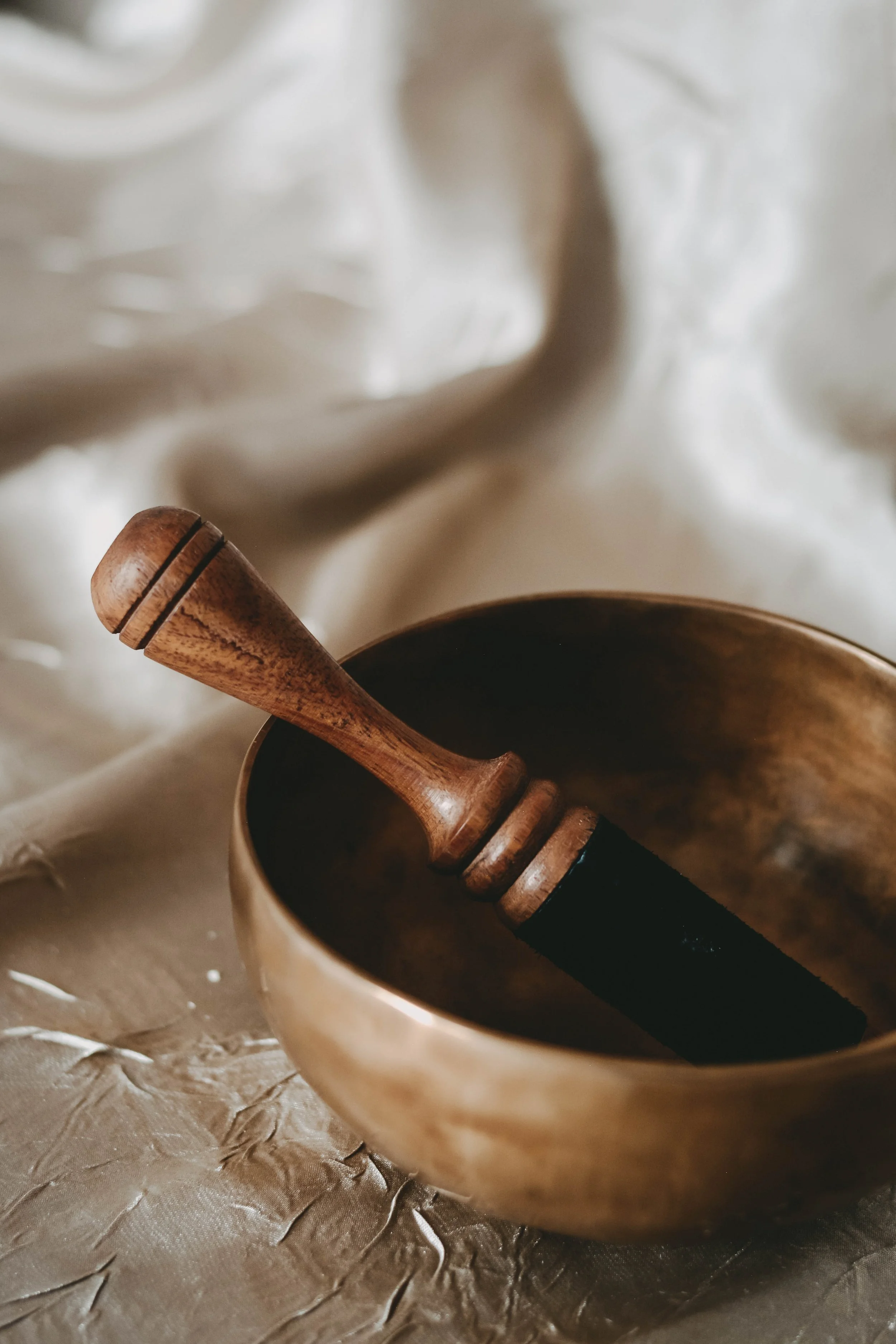Chantilly Mers reflects on a possible ‘do-over’ from a recent circle in a New York City school.
If I Could Have a Do-Over…
I recently visited a school in New York City to host a Circle for their educators. As the Program Director for Healing Schools Project, we focus on fostering caring cultures for teachers, especially those of color.
Upon arrival, my co-host and I sensed a tension in the atmosphere. As the teachers gathered, I attempted to transition into the session by ringing my bell, but it was evident that something had occurred before our arrival. The teachers seemed visibly upset and shaken.
Recognizing the need to name and notice what happened, we asked them to check in with each other in small groups while we listened. When we reconvened, I acknowledged the collective distress and attempted to initiate Circle. However, one teacher stood up and expressed the need for an apology from the leadership before proceeding. This sentiment was echoed by others in the room.
A prolonged silence followed, and the teacher who had requested an apology decided to leave the room, stating, "One cannot heal in the place where the hurt happens." It was clear that past wounds, both personal and systemic, were surfacing.
As Circle hosts, we recognized the importance of returning to a regulated state but understood that forcing Circle at that moment would not be caring. Instead, we made space for the feelings and encouraged the group to stay with whatever was arising, emphasizing that this was the real work of healing.
One could argue that our Circle had not yet begun in the traditional sense. Amidst escalating conflict, we weren't sufficiently settled to establish the Circle, commit to agreements, or appoint a Guardian. However, we did pause long enough to construct an energetic container to hold the weight of disappointment and pain. This prevented us from resorting to distractions, deflections, or blame, which would only hinder us from the genuine work of healing. Instead we gave them space to feel and we moved around to listen and hold space for them.
Upon more reflection, however, here is how I might in the heat of a moment name and practice Circle and Pause from a trauma-sensitive and healing-centered approach. And I offer them here if I were back in that room and if I had a do-over…
“There’s so much we are feeling. Let’s pause. Allow me to ground you in 5 Anchors by a somatic therapist who works with trauma, particularly racial trauma, Resmaa Menakem who wrote, My Grandmother’s Hands.
Anchor 1: Soothe. Take a minute to find calm in your mind, heart, and body.
You can stand and stretch, give yourself a hug or ask for one!, put your headphones on with music that soothes you, take slow and deep breaths, tap your forehead and face, massage your hands, whatever you need to find calm. And come back into Circle in the next 3-5 min.
Anchor 2: Observe
Now that you’re back, kindly take a seat and together for the next few minutes, we’re going to notice the sensations, vibrations, and emotions in our body without quick judgments or reaction. Try a simple body scan and start from your head, forehead, eyebrows, jaw, face, neck, chest, glutes, legs, all the way to your feet releasing tightness, where there is constriction. Noticing relaxation and release where you can.
Anchor 3: Accept discomfort without avoiding it.
Check-In: Let’s observe the feelings and sensations in the room as if they were passing guests. They are visiting and letting us know something is up! No need to deflect, distract, or suppress them. We’ll send the talking piece around for you to name them and offer empathetic witness to one another.
Anchor 4: Remain present in your body as you navigate through the experience, responding from your best self.
“We are not yet ready to resolve or repair what has happened, but we can only do that from our best selves. If your best self were to show up right now, like a good friend in times like this, what would they do or say? Model: My best self is the one who shows up with grace and says: I know this moment isn’t who you are, but I believe we can stay in this together and find a way through.”
Allow the talking piece to move around… Invite silence and pause.
Anchor 5: Release any lingering energy safely.
A simple exercise taught by trauma therapists is “grounding,” lying on the floor with arms and legs outstretched, like savasana in yoga or give your arms and legs a nice shake to release. Or sometimes that release is silliness and laughter. Find safe ways for your Circle to release energy maybe as a body-centered release.
Check-Out: What do you want to leave in the Center or take with you from this Circle?
Ring the bell with gratitude.
Join Chantilly and Tommy at their upcoming Practicum and Retreat, The Ancient Way of Circle held May 9th to 12th, 2024. More information available here.
Chantilly Mers: Indigenous circle keeper, host, facilitator, and justice educator. I curate and craft spaces that animate our interconnectedness, vulnerability, and mutuality. It brings me joy to weave meaning making practices, both embodied and ancient ways of knowing, through ritual, storytelling, poetry, contemplation, music and communal singing. I work with spiritual and faith-based organizations, activist-organizer communities, as well as nonprofits with commitments to equity and justice. Find more of my work at www.kindomcollective.com


